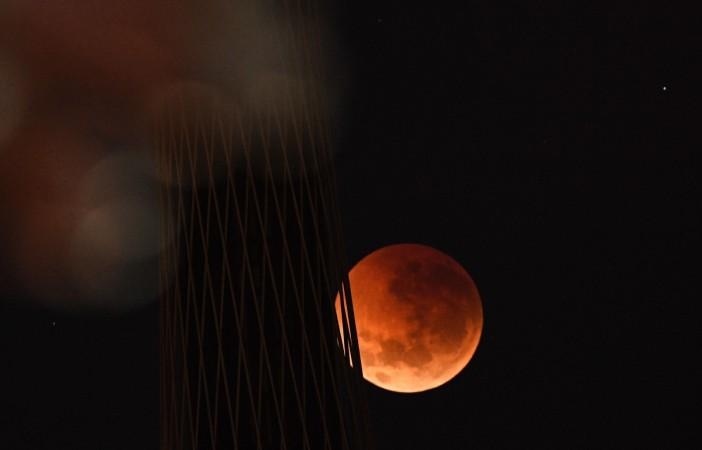
A new study report published in the journal Nature Geoscience has revealed that the moon, earth's only natural satellite, is slowly shrinking over time. This shrinking is causing wrinkles in the crust of the moon, and it is, in turn, resulting in the rise of seismic activities. Researchers made this conclusion after analysing images taken by NASA's Lunar Reconnaissance Orbiter.
During the study, researchers analyzed 28 moonquakes from 1969 to 1977 and found that eight of these quakes were the result of pure tectonic activities.
"We found that a number of the quakes recorded in the Apollo data happened very close to the faults seen in the [NASA's Apollo and Lunar Reconnaissance Orbiter missions] LRO imagery. It's quite likely that the faults are still active today. You don't often get to see active tectonics anywhere but Earth, so it's very exciting to think these faults may still be producing moonquakes," said Nicholas Schmerr, an assistant professor of geology at the University of Maryland in a recently issued statement.
Seismic activities on the moon were recorded by seismometers that were placed on the lunar surface during the Apollo 11, 12, 14, 15 and 16 missions. Researchers believe that these quakes would have measured between 2 and 5 in the 'Moment Magnitude scale' if they had been on earth.
Thomas Watters, lead author of the research paper revealed that the moon is tectonically very much active.
Watters said that "it's very likely that these eight quakes were produced by faults slipping as stress built up when the lunar crust was compressed by global contraction and tidal forces, indicating that the Apollo seismometers recorded the shrinking moon and the moon is still tectonically active."
Schmerr added that these new findings are actually emphasising the need to visit moon again in the near future.
"For me, these findings emphasise that we need to go back to the moon. We learned a lot from the Apollo missions, but they really only scratched the surface. With a larger network of modern seismometers, we could make huge strides in our understanding of the moon's geology," added Schmerr.
The new study report surfaced just a few days after NASA detected first seismic tremor on Mars. The tremor was detected by NASA's Insight lander which has been exploring Mars surface since November. After detecting the Marsquake, experts at NASA revealed that the tremor was very small, but is an indication that Mars is seismically active.














